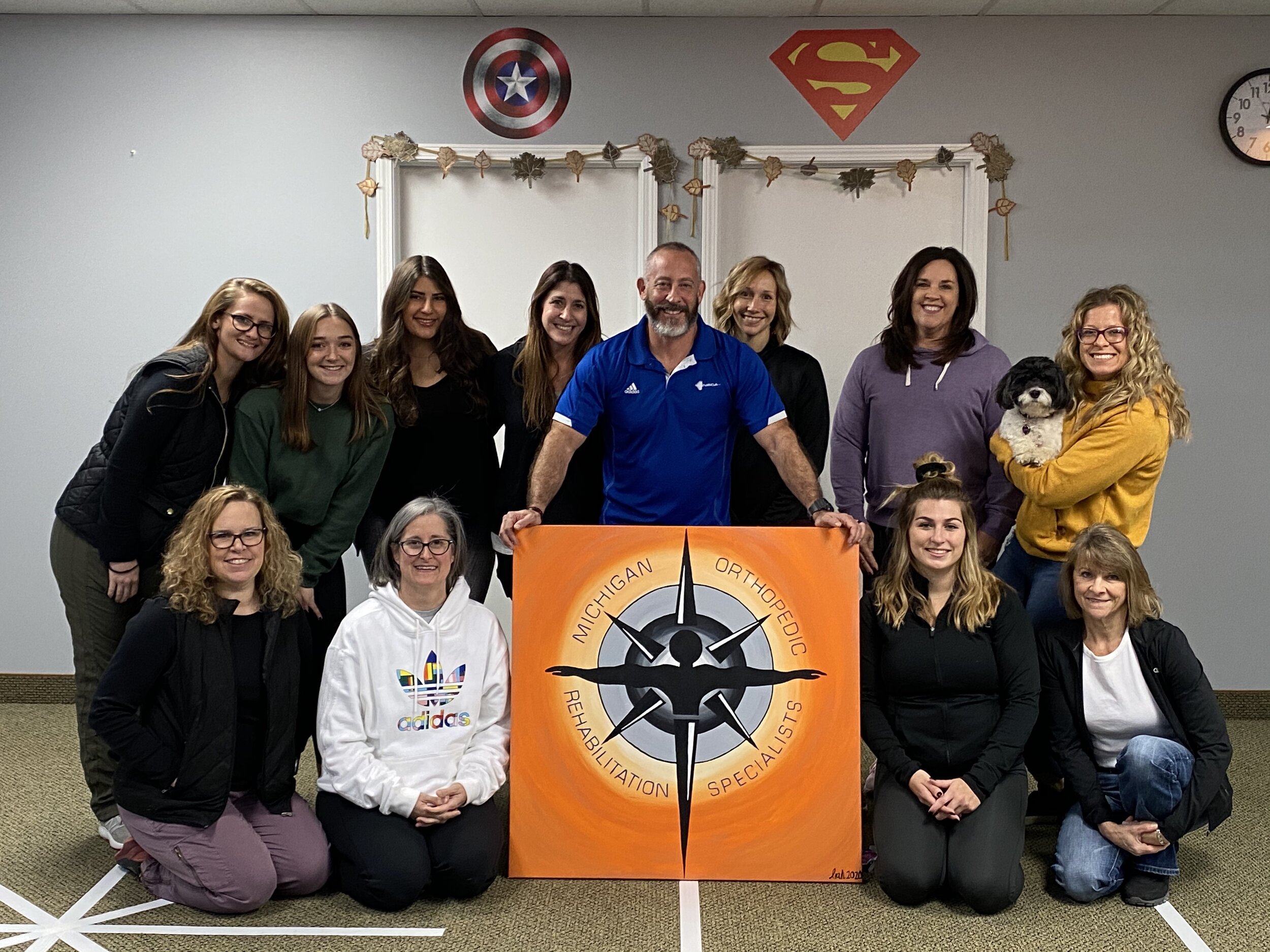Improving Cardiac and Lung Wellness Via Structured Physical Activity in Cardiopulmonary Rehabilitation Programs Programs.
Improving Cardiac and Lung Wellness Via Structured Physical Activity in Cardiopulmonary Rehabilitation Programs Programs.
Blog Article
Cardiopulmonary recovery initiatives are essential for individuals struggling with heart and lung disorders. These programs aim to enhance general health through organized exercise, education, and support. Participants engage in various activities designed to strengthen the heart and lungs, enhance physical fitness, and promote a healthier lifestyle. By focusing on exercise tailored to each person's abilities, these programs help patients recover faster and reduce the risk of future complications.
Exercise is a key component of cardiopulmonary recovery. Regular physical activity improves cardiovascular fitness, increases endurance, and helps maintain a fit weight. Patients often start with low-intensity exercises, gradually increasing their intensity as they become more comfortable and capable. This progression ensures that individuals do not push themselves too hard too quickly, which can result to harm or delays. The objective is to create a secure, encouraging environment where participants can develop their strength and confidence over time.
In addition to physical exercise, education plays a major role in these rehabilitation initiatives. Participants discover about their individual conditions, the importance of medication adherence, and how to manage symptoms. They also receive guidance on diet and living changes that can enhance heart and lung health. This educational component enables patients to take an proactive role in their recovery, promoting sustained health benefits beyond the length of the program.
Assistance from trained professionals is vital in cardiopulmonary rehabilitation. Healthcare professionals, including physicians, nursing staff, and exercise specialists, collaborate closely with participants to monitor their advancement and adjust their exercise plans as necessary. This collaborative approach ensures that each individual receives custom care tailored to their informative post specific needs. Additionally, exchanging experiences with others dealing with similar issues fosters a feeling of community and motivation, making it simpler to stay dedicated to the initiative.
In conclusion, enhancing heart and lung health through structured physical activity in cardiopulmonary recovery can result to notable improvements in quality of life. Patients often report higher energy levels, improved mood, and an entire sense of well-being. By participating in these initiatives, patients not only improve their physical health but also acquire valuable knowledge and support that can help them handle their disorders effectively. Embracing a vocational rehabilitation for heart patients better lifestyle through organized activity is a powerful way to promote longevity and improve general health.